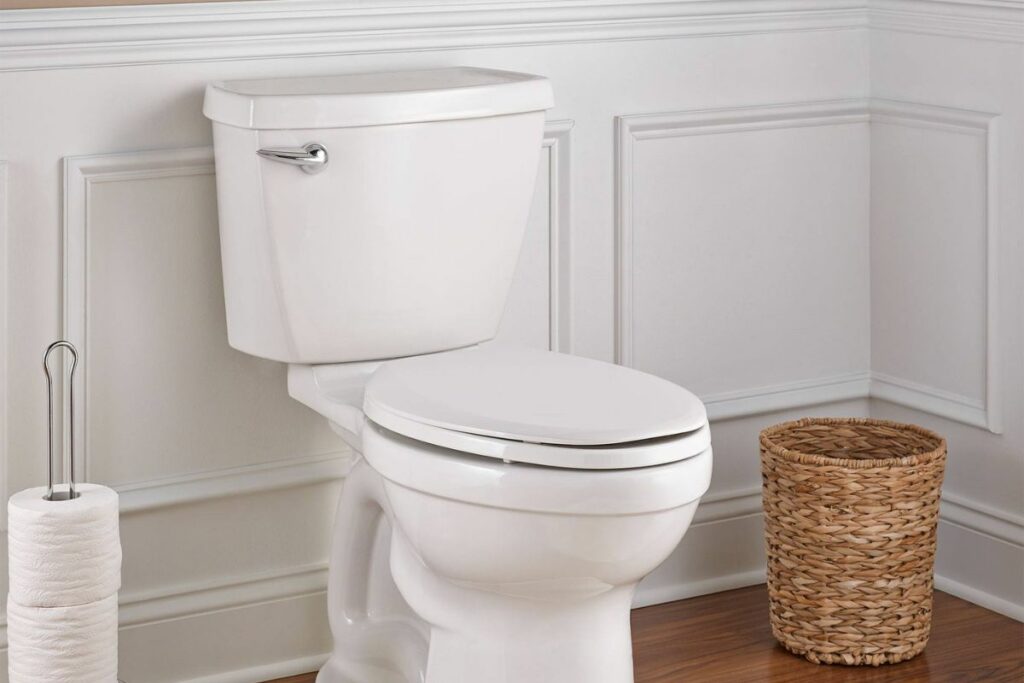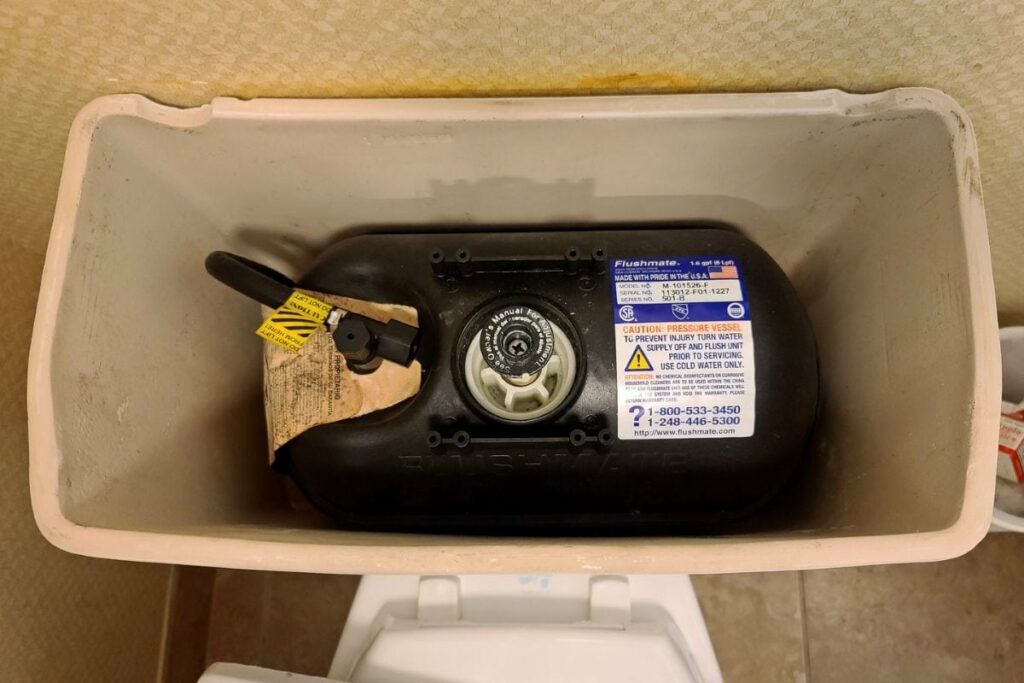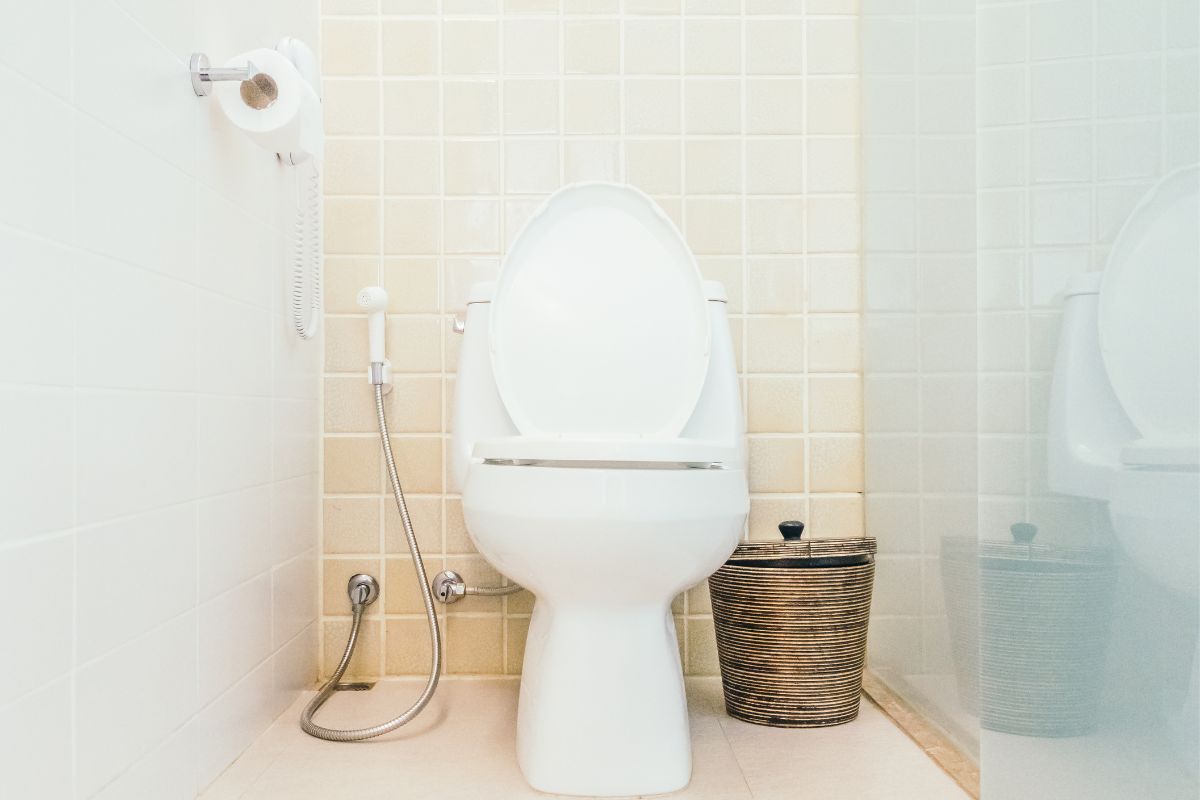Toilets are one of the most important inventions in human history. Without them, we would have a tough time staying clean and healthy. So why is it called a head?
Origin of the Word “Head.”
The toilet area on a ship is called the head. This is where sailors wash their hands, brush their teeth and shave. The term “head” comes from nautical or naval slang, which means the front of the ship.
According to Merriam-Webster, the term dated back to at least 1655 and was used as a noun or adjective. It wasn’t until later that it came to be used as an informal term for the bathroom.
In 17th century England, men were allowed to use the head only once daily and had to cleanse themselves with a sponge at night. Women had their head time, but they were allowed access twice daily.
The head is also the bathroom or toilet on board a boat. There are different types of heads that you can use depending on your needs and budget.
Some vessels have individual heads for each cabin, while others have one shared head for all cabins.
Types of Toilets
Toilets are a bathroom part and are usually found close to the sink or bathtub. A toilet is a plumbing fixture used for collecting and disposing of human excreta (urine and feces). You can then flush the dry portion of solid bodily waste away through a sewer system or septic tank pipe network.
There are five main types of toilets: squatting toilets, sitting toilets, dry toilets, composting toilets, and urine diversion flush toilets.
Upflush Toilet

This toilet uses water pressure to push waste up through a pipe and into the sewer system. These toilets are used most often in older homes that do not have an accessible sewer line outside their walls. They also come in handy when installing a toilet quickly because they don’t require plumbing work to install them correctly on your property. You can choose from many styles and designs when purchasing an upflush toilet for your home.
Portable Toilets
A portable toilet is a temporary version of an indoor toilet that can be moved around easily by one person without any special tools required for installation or removal. These toilets are commonly used during construction projects because they are inexpensive to rent compared to permanent toilets, which need contractors and equipment to install correctly. Portable toilets are also used at outdoor events such as weddings so that guests do not have to wait long before returning to their homes after eating outside at night when it gets cold out!
Two-Piece Toilets

These toilets consist of two pieces: a bowl and a tank. The bowl is where you sit, and the tank is where the waste goes after you flush it with water from the tank using a handle or lever on top of it. The two-piece design makes these toilets easy to clean because they have few crevices and cracks that bacteria can hide during regular use. Many people also prefer this design because it offers more storage space below the tank than one-piece models, making them great for small bathrooms or apartments where every inch counts!
Gravity-Flush Toilet
This toilet uses gravity to send waste through pipes into a septic tank or sewer system. This system allows you to flush toilet paper and human waste down the drain without using any other type of flushing device. A flapper valve at the bottom of the bowl opens when you push a handle on top of it, allowing water to flow into the bowl. When you let go of the handle, the flapper closes again, so no more water flows into the bowl until you push down on it again. Gravity takes over and forces waste through pipes into your septic tank or sewer system.
Pressure Assisted Toilets

These are the most common flush toilets found in homes across the country today. They are more expensive than gravity-fed toilets, but they use less water per flush, saving money on your monthly water bill! Pressure-assisted toilets use a pump that forces water into the bowl with enough force to clean any messes away without having to fill up with extra water every time you flush! These toilets come in many different styles, so finding one that suits your home’s decor shouldn’t be hard!
Composting Toilets
Composting toilets use aerobic (oxygen) bacteria to break down waste into liquid fertilizer. This process takes place in two separate tanks connected by plumbing lines: one tank holds fresh water, while the other contains a mixture of sawdust and ash (or peat moss). These tanks work together to provide both flushing capacity and treatment capacity at the same time.
When people use a composting toilet, they deposit their stool into a holding tank, where it will decompose naturally over time. The toilet is then flushed with clean water from an external tank. The water flushes through the composting material, which is already in an advanced state of decomposition, so there’s no need for additional treatment with chemicals or filters.
Double Cyclone Flush
This type of toilet uses double flushing to reduce water usage. It combines a small amount of water with air to create a powerful flush, so you don’t have to use as much water each time you use the toilet. This flush is more efficient than using only a small amount of water at once, but it may take some getting used to if you’re used to traditional toilets that use a lot more water per flush.
Why the Toilet is Also Known as the “Head”
It is an essential part of a house. The toilet is one of the most critical parts of any home or building. This is because it’s where people go to relieve themselves after eating or drinking too much food and drink. If there were no toilets in your home, you would have to go outside whenever you needed to use them. That could be inconvenient sometimes, especially if you live in an area with bad weather conditions such as rain and snowfall.

The toilet is also known as the “head” because it’s where people can relax and think about life after they have been through a stressful day at work or school. Many people find it comforting to sit on a toilet seat while thinking about what they want to do next or what they will do tomorrow morning before heading off to work or school again.
And yet another reason it’s called the head is because when you’re in there, you have all kinds of ideas popping into your head! Some are good ideas, and some are bad, but they all come from where your brain is located, right between your ears (or in front of them).
And finally (and this one might not be so obvious), but if you look at a toilet bowl from above, it looks like a face with eyes and mouth open wide, waiting for something to come down its throat!

Conclusion
In the end, the term’s origin is less important than its current use. The bathroom has evolved into a haven of elegance and relaxation. The changing lifestyle of Roman inhabitants created both a trend and a need. They converted it into a more civilized way of life, with different goals than the Greeks. It’s fascinating to think that thousands of years ago, someone had the idea of providing a comforting setting for individuals in such an unpleasant situation.

Amos Christen graduated with a bachelor’s degree in Interior Design from Drexel University — Philadelphia, PA. Since 2003, Amos has worked with top interior design professionals in this area, including architects and interior/graphic/lighting designers. As a skilled interior designer, Amos Christen is highly versed in fine arts and crafts and uses that to supplement his main area of expertise. He often publishes articles related to home décor on several websites, including Sprucetoilets.com, Sprucebathroom.com, and Mybesuitedhome.com. He also contributes to leading interior design magazines.
